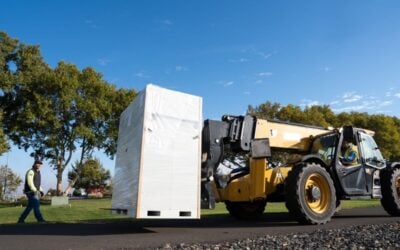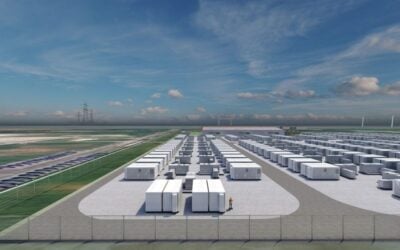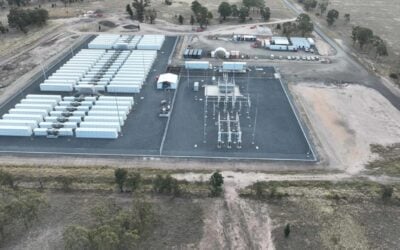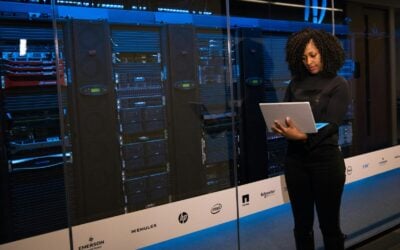
Origin Energy has secured unconditional connection agreements with the Australian Energy Market Operator (AEMO) for its 300MW/650MWh grid-forming battery energy storage system (BESS) at Mortlake Power Station in Victoria.
The connection agreements represent formal approval from AEMO for the AU$400 million (US260 million) battery storage site to connect to and operate within Australia’s National Electricity Market (NEM), providing Origin with the regulatory certainty required to proceed with final construction phases and commercial operations planning.
AEMO connection agreements are essential for all grid-scale energy storage projects seeking to participate in the NEM, as they establish the technical and operational requirements for safe integration with the transmission network.
The unconditional nature of Origin’s agreements indicates that all technical assessments and grid impact studies have been completed satisfactorily.
Try Premium for just $1
- Full premium access for the first month at only $1
- Converts to an annual rate after 30 days unless cancelled
- Cancel anytime during the trial period
Premium Benefits
- Expert industry analysis and interviews
- Digital access to PV Tech Power journal
- Exclusive event discounts
Or get the full Premium subscription right away
Or continue reading this article for free
The Mortlake BESS, first announced in January 2024, is being developed adjacent to Origin’s existing 566MW gas-fired Mortlake Power Station in western Victoria. The battery storage system will connect directly to the existing 500kV AusNet switchyard through a dedicated substation, leveraging established transmission infrastructure.
Construction activities at the site have been progressing since work commenced in August 2024, with Fluence serving as the main contractor.
Origin’s connection agreements with AEMO come as Australia continues to experience rapid growth in grid-scale battery deployment. Recent research from AEMO found that BESS capacity in Australia’s NEM expanded by 2,936MW/6,482MWh over the 12 months leading to the end of Q3 2025.
AEMO’s System Strength requirements have become increasingly stringent for new connections, particularly for inverter-based resources, such as battery storage systems.
Origin Energy CEO Frank Calabria previously described the Mortlake battery as “another significant step in our ambition to lead the energy transition through cleaner energy and customer solutions.”
The battery system will participate in multiple NEM markets, including energy arbitrage, frequency control ancillary services, and system security services.
The connection agreements enable Origin to finalise commercial arrangements and operational procedures with AEMO ahead of the facility’s targeted commissioning in late 2026.
Grid-forming capabilities at the Mortlake BESS
The Mortlake BESS incorporates grid-forming inverter technology, which can provide enhanced system strength services compared to conventional grid-following inverters.
Grid-forming BESS differs from traditional battery storage systems in its ability to actively stabilise the grid by mimicking the behaviour of synchronous generators.
These systems are designed to support the grid’s operational continuity and ensure uninterrupted power supply, even during grid outages. They often set their own internal voltage waveform reference and can synchronise with the grid or operate independently of other generation sources. This makes them ideal for maintaining system strength in a grid dominated by renewables.
Grid-forming with advanced inverters has been a big topic for the Australian energy storage market. Fluence’s Rob Hills, APAC vice-president of engineering and commissioning, and Sam Markham, growth manager for Australia and New Zealand, recently deemed the technology a trend in the NEM for the foreseeable future.
Several other grid-forming BESS are being deployed in Australia. For instance, French independent power producer (IPP) Neoen recently announced that its 270MW/540MWh Western Downs stage one, which has grid-forming capabilities, in Queensland, started operations.
Another Neoen-owned grid-forming BESS, the 238.5MW/477MWh Blyth Battery in Western Australia, was commissioned in April 2025.





